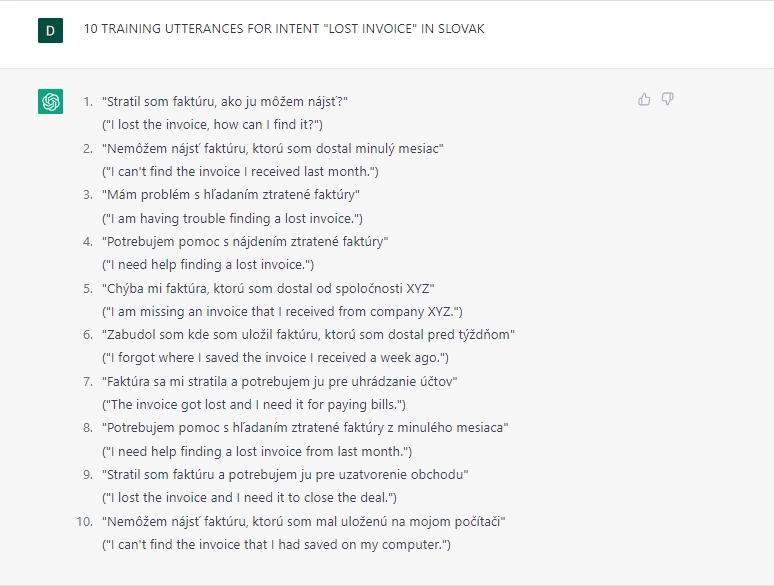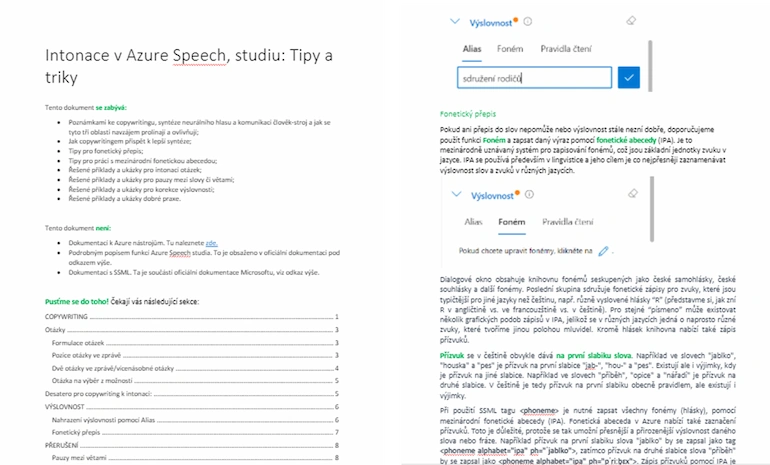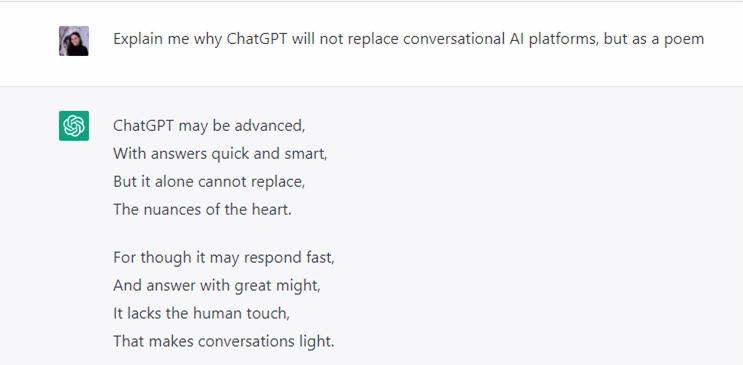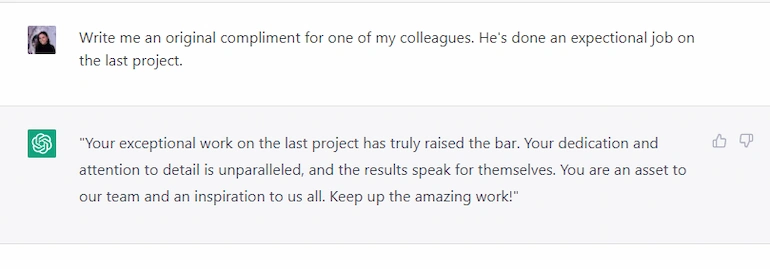You’ve probably heard about the latest development in conversational AI technology called ChatGPT. Well, let me tell you, it’s making waves in the industry!
First, a little recap
What exactly is ChatGPT? It’s a cutting-edge language model developed by OpenAI that uses AI to generate human-like responses in a conversation. It is a powerful tool that can revolutionize the way companies handle customer interactions. And it really is a game-changer for companies that are designing conversational flows (just like Born Digital).
In January 23’ Microsoft announced that they will soon bring the ChatGPT into the game for some of their products. It is great news, and we cannot wait for that! Well, kind of literally. So, we already started to use and implement the perks of ChatGPT into our own design processes.

Let’s have a look at the key benefits
1) Intent creation
ChatGPT can help conversation designers to generate utterances for training digital virtual assistants and to understand the speaker’s intent. By analyzing large amounts of customer data, ChatGPT can provide insights into what customers are looking for and help companies create intents that accurately reflect those needs. You can see in the picture below how exactly we used ChatGPT for intent creation for one of our e-commerce clients

You can then use these utterances for other languages as well. Even though other languages than English are far away from perfect, the drafted intents that designers can only review are saving companies a considerable amount of time.

2) Training set creation
To train conversational models, you need high-quality data. ChatGPT can assist with this by generating large amounts of customer data that can be used to train the platform. This can save conversational AI platforms time and effort, and lead to more accurate and effective conversational flows.
3) Documentation creation
ChatGPT can also be used to generate detailed documentation. This can include user manuals, troubleshooting guides, and more. ChatGPT’s ability to generate human-like language makes it an ideal tool for creating clear and easy-to-understand documentation. Human input and overview is needed while generating manuals and similar documentation – however, the whole process of creation is incomparably time efficient with the help of ChatGPT.

4) Simple Q&A
ChatGPT can generate multiple response options for a given prompt, allowing conversational AI platforms to choose the most appropriate and effective response. By automating the creation of Q&A flows, ChatGPT reduces the manual effort required to create and maintain these conversational flows, freeing up time and resources for other tasks.
Here comes the BUT
The use of ChatGPT is hugely limited especially due to GDPR regulation. You simply don’t take your customers’ data and feed a ChatGPT with them. NEVER.

Second, you cannot trust everything that pops up in ChatGPT. After all, it is only a machine – it cannot replace our empathy, compassion and problem-solving skills. Human input during the process is important. However, the final and most important BUT is that the ChatGPT can simplify our workflows. Big time.
Wouldn’t leave you without a fun fact
There is another very special use of ChatGPT – often used by our linguist’s team lead: You can use the help of ChatGPT and praise your colleagues in an original way:

And the remaining question is – who helped us with writing this article?